The Narrative Weight of Reflections
I’ve always been curious about reflections and how they’re used to create narrative. There’s a long history of how mirrors have been used in art which impacts how we think about them now.
The Mirror Test shows very few animals recognise their own reflection which makes the fact that we do feel mysterious. I recently spent some time with a 3-year old who wanted to show me the red lipstick she’d put on. She insisted on showing me in the mirror, not trusting that I’d seen it until she saw me see it in the mirror.
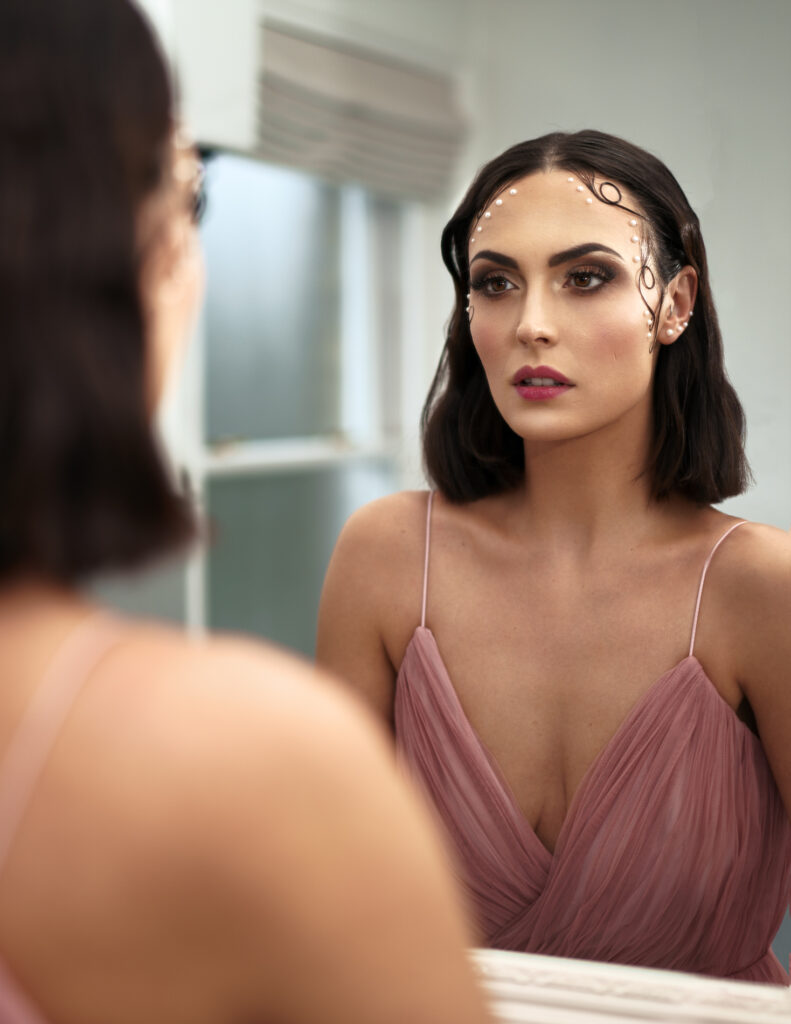
Stories and Fables
Greek myths fascinated me as a child. There was Narcissus who falls in love with his own reflection in the water which ultimately results in him drowning. Also Perseus, who, if he looks directly at Medusa will be turned to stone. In order to slay her Perseus takes a mirror, turns his back to her, and uses the reflection in the mirror to locate and kill her.
People used to believe a person’s soul was contained in their reflection. It’s akin to the belief that the camera stole souls and this even before SLR cameras which actually had a mirror in them.
If we see a mirror and someone is incorrectly reflected or, like Dracula, has no reflection we feel how an eery sense that the natural order of things is disturbed.
What Does it Mean Now?
I asked my LinkedIn audience why looking at someone through a reflective surface in an image carries so much narrative weight. The history of reflections means nothing if it’s not what people feel when they see a reflection now.
The response was wonderful and it was amazing to hear people’s thoughts on it. The more I look into reflections the bigger the topic becomes so, for now, I’m gong to keep it brief.
Symmetry
Symmetry helps us feel balanced, it creates order and it’s visually pleasing. It’s why architects create symmetry in their buildings and artists use water to reflect a scene. We do like a little break in symmetry though otherwise it becomes boring.
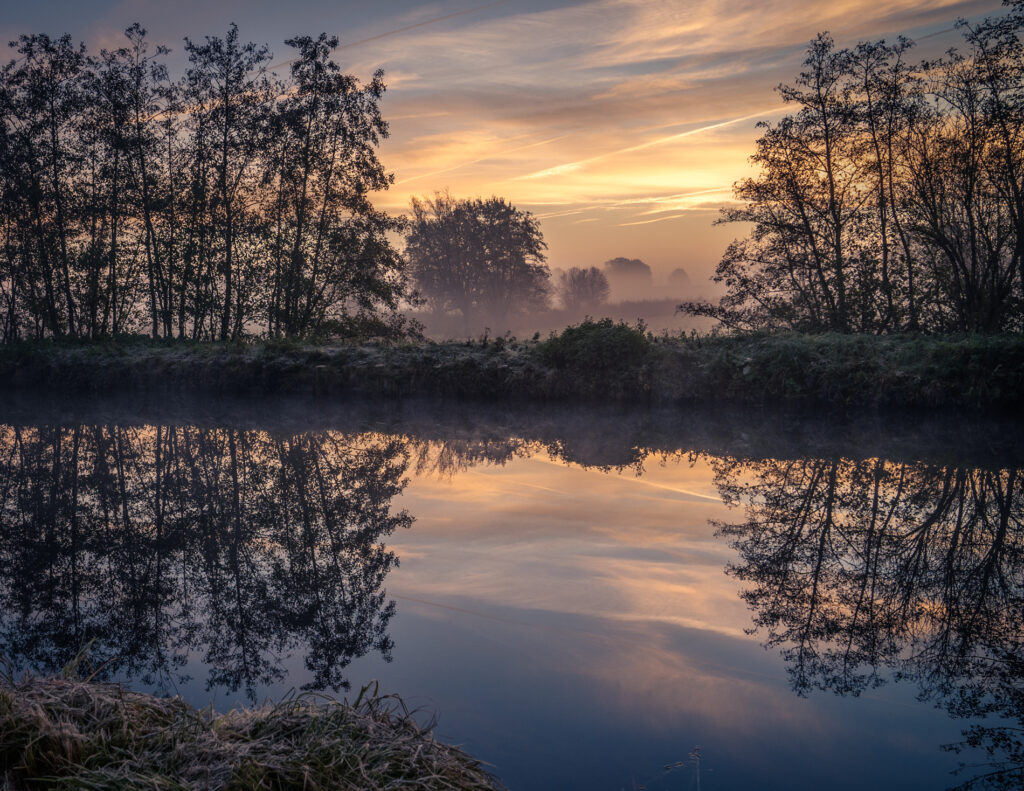
Reflections are so laced with meaning, particularly when people are in them, that photographers need to consider why they’re doing it.
The Confines of the Inner Frame
Mirrors and windows have frames and in terms of composition, we like a frame (windows and doors are used a lot) within a frame (how the photographer crops the image). It helps the viewer know what’s important in the image.
We like to feel a beginning and an end to a story and the frame comfortably does that.
You have to bear in mind what the photographer chooses to leave out of the image is as important as what they include. Chimimanda Ngoze Adiche did a brilliant TED talk where she talks about the “single story” which applies to art as much as literature.
What you include and exclude in the frame puts boundaries on the story and shows your perspective.
An Invitation to the Viewer
More than a simple portrait, the inclusion of a reflection invites questions –
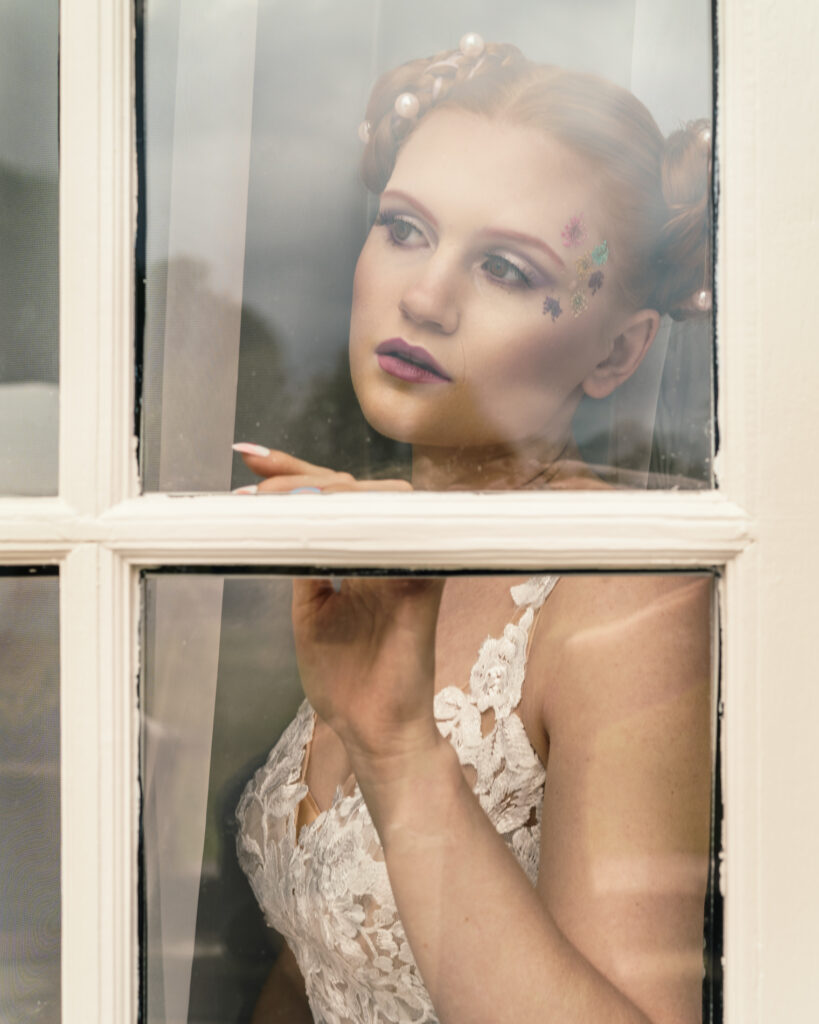
- Why are they looking into the water?
- Why are they looking at themselves in the mirror?
- What are they looking for, waiting for, out of the window?
- What are they thinking as they look out the window, at their own reflection?
Once we’ve asked the question, we start filling in the gaps. Who hasn’t constructed a narrative about another person based on a look or mis-placed word?
Photographs offer the same opportunity to create a narrative.
An “Invisible” Barrier
Putting someone either behind a literal pane of glass or by reflecting them creates a barrier and places the subject in their own world.
Looking at a face through a transparent surface like a window or water is different to a clear reflection in a mirror. The subject may or may not be able to see their own reflection, but we view a dim reflection of what lies before as well as behind them. The viewer may even be reflected in the window. We see more than we should be able to in a single frame.
“Through a Glass Darkly”
Paul, the apostle, contemplates the mysteries of the divine and says:
“For now we see through a glass, darkly; but then face to face: now I know in part; but then shall I know even as also I am known.”
1 Corinthians 13:12
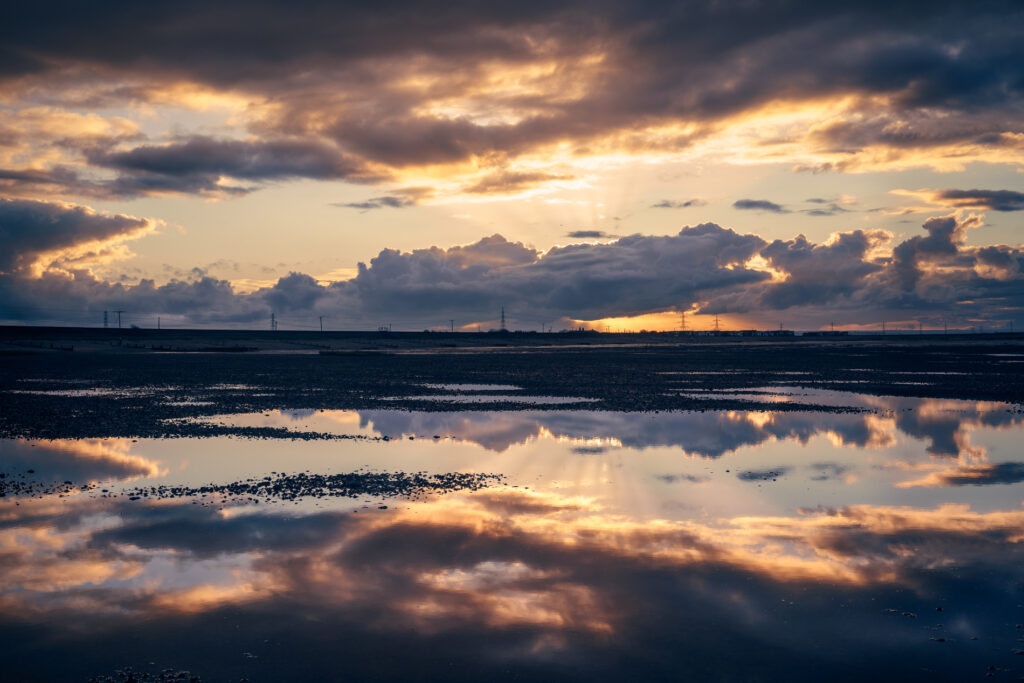
The notion that reflections reveal either a deeper truth or conceal some part of the truth goes back to Biblical times. These two things are contradictory which shows how reflection confuse the mind.
We know we cannot see everything – we’ve developed cameras and magnifiers to help us see what the human eye can’t.
Looking in a mirror you feel there’s a world just beyond your reach, one you can almost touch, but not quite.
Opposing Truths Make Interesting Narratives
Reflections are a kind of deception. I think we’ve all almost or actually walked into a mirrored wall at some point because it seems so like an extension of the building we’re in.
You see something, so you should be able to touch it – and yet you can’t.
You see 2 people, but there is only 1.
You see the subject, behind them, in front of them and sometimes you also see yourself – nowhere but in a reflective surface can your eye so easily move between these so many elements.
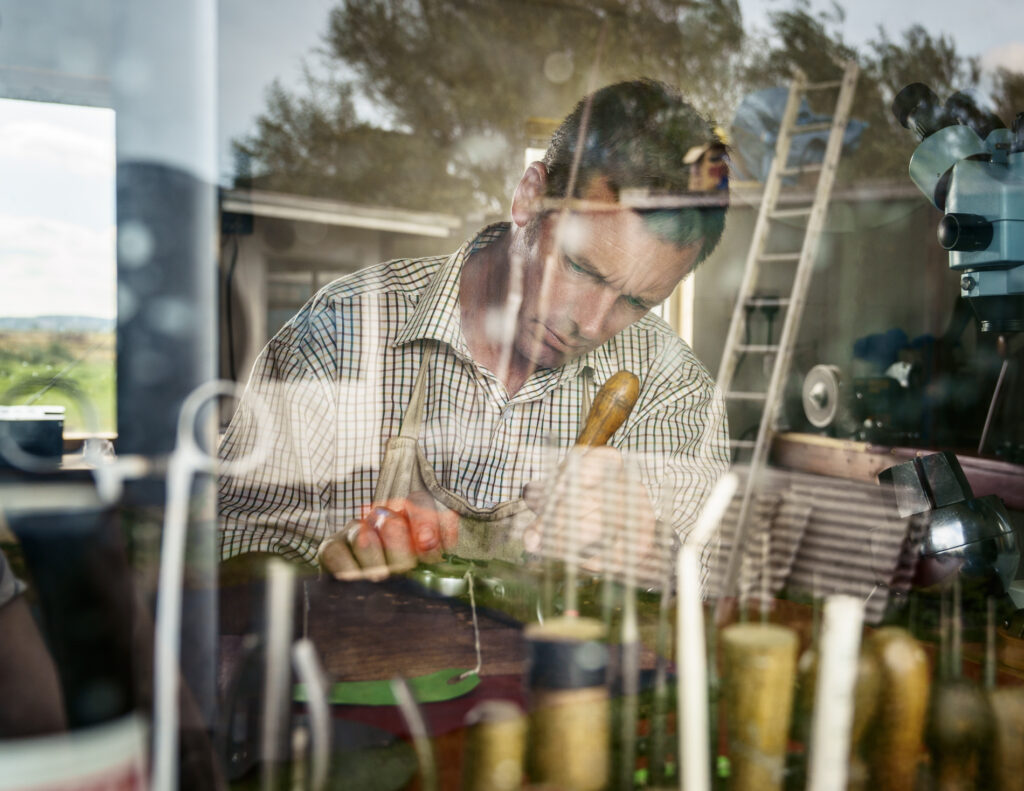
The contradictory nature of the narrative arrests our attention because it goes against the natural world. We have to solve the puzzle posed by a reflection.
Reflections force us to think, ask questions, fill in the gaps, create stories.
The images that make us ask questions, are the ones we’ll look at and remember longest.
If you’d like help creating narrative in your images to keep your viewers looking longer, please email nina@ninacarrigton.com.
